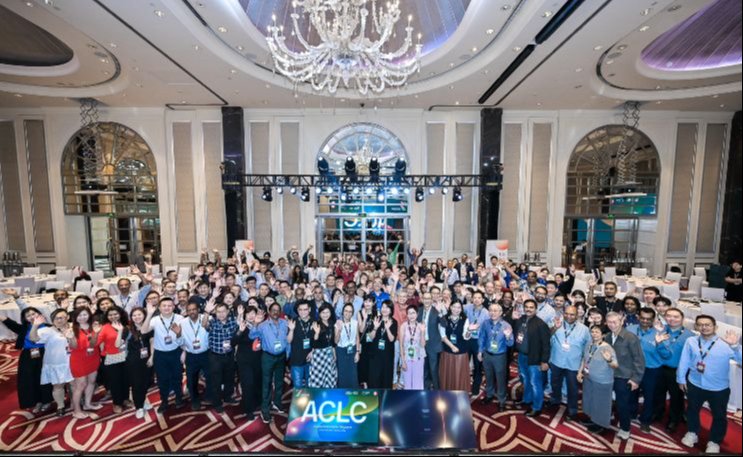Taking place in Shenzhen, China, about 140 co-operators from 30 unique co-operatives joined the Annual Co-operative Leaders Conference, marking the largest turnout yet.
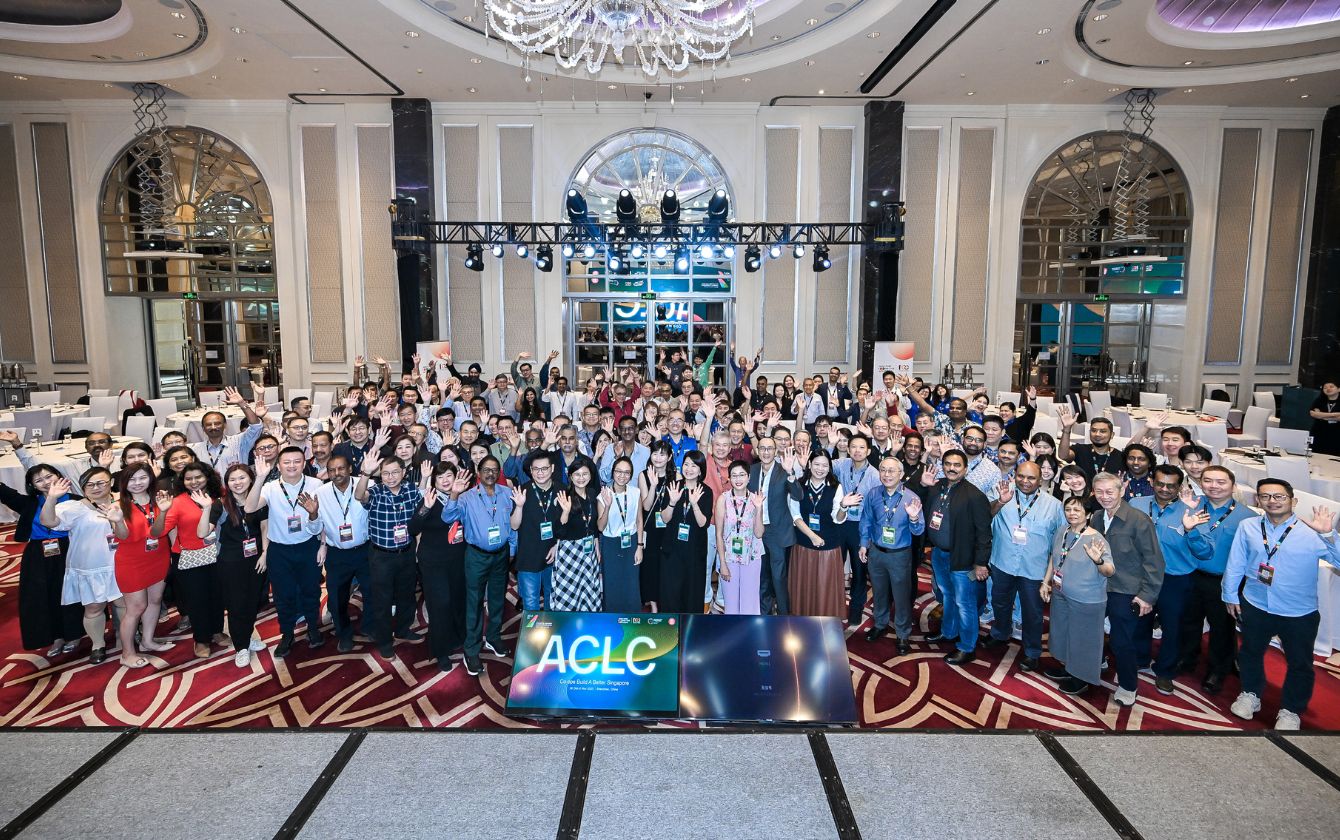
For co-operatives (co-ops) in Singapore to become adept agents of social impact, they must tap on newfangled technology, such as artificial intelligence (A.I.), or work with youths, especially the Gen Zs.
That was the key message announced at this year’s Annual Co-operative Leaders Conference (ACLC), held between Oct 30 and Nov 2, in Shenzhen, China.
Organised by the Singapore National Co-operative Federation (SNCF), the four-day conference saw more than 140 co-operators participating. Of which, there were 30 unique co-ops.
ACLC 2025 came after the Singapore Co-operative Movement (SCM) Centennial Night on Sep 19, which saw the soft launch of the SCM Transformation Roadmap as the Movement celebrated its centenary. 
Follow-ups from the SCM Transformation Roadmap
“The four strategic pillars will help rejuvenate and revitalise the Movement,” said Mr Tng Ah Yiam, SNCF’s Chairperson, at ACLC 2025. Mr Tng, who has been with local supermarket co-operative, NTUC FairPrice, added: “We can do so by rallying youths to get involved and embracing solutions like artificial intelligence.”
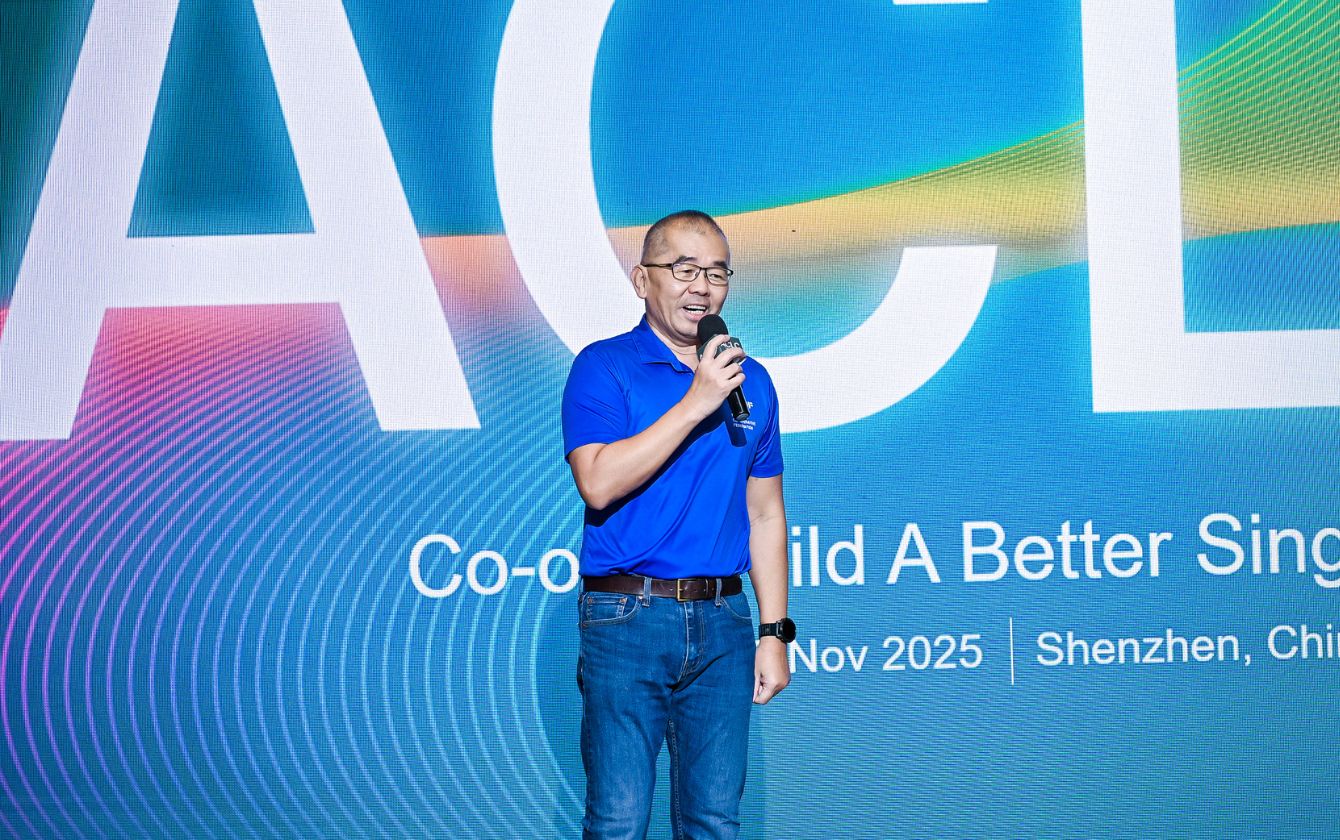
More details on the SCM Transformation Roadmap are set to be unveiled in March 2026 during Singapore’s budget debate, though minor projects, such as the Co-operative Leaders Programme or Mentor Fellowship Programme, will be kickstarted in due time.
Beyond nurturing young leaders to step up, veterans in the Singapore Co-operative Movement are encouraged to step forward and guide younger staff to lead, Mr Ang Hin Kee, SNCF’s Chief Executive Officer, said.
The Federation is also looking to promote broad-based adoption of A.I. across co-ops to enhance operational efficiency, service responsiveness and sustainability, Mr Ang said.
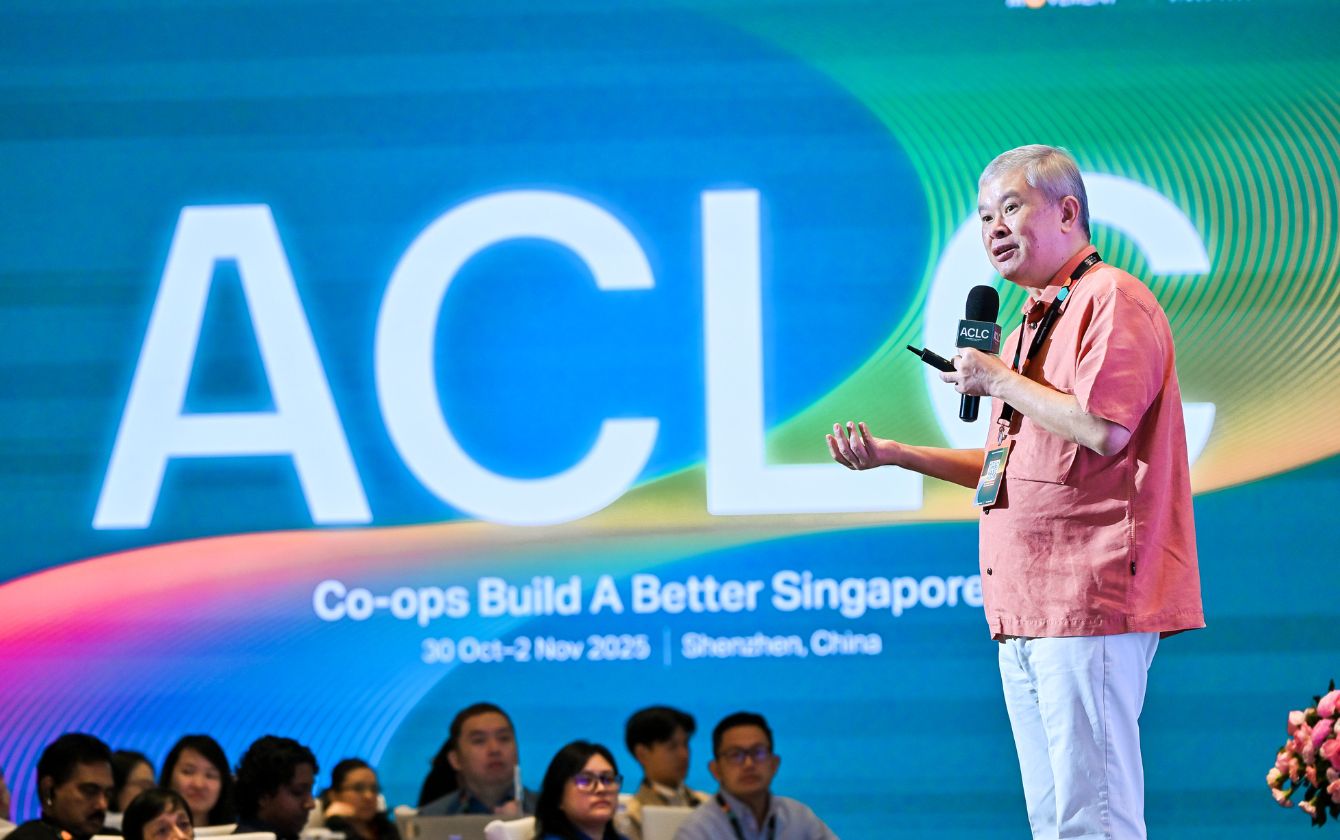
Policies and initiatives that promote shared services — whether between co-ops, or between a co-op and a shared entity, and more — will be on the agenda in the coming years. “We want to strengthen marketing communication capabilities to enhance outreach and brand visibility,” Mr Ang said. For example, co-ops who wish to kickstart social media campaigns can consider hiring a production house as part of a collective bargain.
A perennial problem that plagued co-ops globally is the dearth of youth engagement or dwindling youth memberships.
Co-ops in Singapore can also look forward to seeing more proactive efforts to rally youth to design and lead social impact projects under the Fourth Pillar (Community Outreach & Impact). "Co-op leaders should take this opportunity to work with SNCF to mentor these youths and inspire them to show that the co-op model works," Mr Ang said.
Reimagining Community Empowerment Through Co-ops
As member-led enterprises, co-ops pair economic objectives with community building. Increasingly, co-ops also look beyond taking care of their members to focus on broader social purpose and impact.
The co-op sensibility aligns with the concept of ‘communitisation’, which places resources under community control, a third option beyond privatization (market control) and nationalization (state control), said guest speaker Dr Justin Lee, Senior Research Fellow at the Institute of Policy Studies (IPS) and Head of Policy Lab. 
When co-ops operate at the intersection of business and community goals, they form what Dr Lee calls “a social economy designed for inclusion, where more people can participate even when the market economy excludes them.” Worker-owned co-ops, he noted, helps to give workers a direct stake in the enterprise, and creates workplace democracy. These co-ops can engender greater social mobility for low-wage workers and also tap on the often neglected know-how of workers to build a more resilient enterprise.
Dr Lee added that newer co-op forms, such as multi-stakeholder co-ops, help balance business sustainability with social purpose in ways that single-stakeholder co-ops do not. For example, consumer co-ops prioritise low prices to lower the cost of living, while worker co-ops focus on wages and work conditions, objectives that are often in tension with each other. Multi-stakeholder models bake in different categories of members (employees, customers, beneficiaries, investors etc) to reflect the diverse interests of the communities they serve while ensuring accountability across all levels.
Policy measures to safeguard the co-op sector against profiteering includes introducing an ‘asset lock’, which ensures that a proportion of the organisation’s assets remain as common property (e.g. in the Central Co-operative Fund) rather than being sold for members’ gain. This safeguards the co-op’s mission and ensures that any surplus is reinvested into community development instead of distributed as profit.
Dr Lee also highlighted how decentralised or distributed structures, such as self-managing teams, are well aligned with the co-op sector’s values of democratizing the enterprise even as it maintains good governance. By giving members greater autonomy, these models encourage every member to propose ideas for collective agreement, and in so doing unleashes the real strength and expertise of the membership base.
Embracing Gen Zs in the workplace
Recognising the growing presence of Gen Zs in the workforce, many organisations today are finding new ways to engage and empower younger employees.
For the Singapore Co-operative Movement, the question is whether the next generation of co-ops will grow apart from or in sync with these emerging trends. To achieve the latter, they must meaningfully include youths in their work, said Ms Raena Leang, a Gen Z representative within the Movement.

She noted that to partner the next generation effectively, co-ops must first understand the environment in which youths are growing up. "We have grown up surrounded by technology and are constantly inundated with online content. Competing for our attention can be challenging," she said. "Co-ops need to start now — by engaging youths where they already are."
Ms Leang added that today's youths are also shaped by a more stable socio-economic environment and greater global exposure. "These influences have changed our priorities and values, and the co-op model inherently has some pre-conditions that appeal to the younger generation like championing social good, being purpose-led, community-led with values like self-help and mutual assistance," she said.
Doing more with less in the age of AI
Artificial intelligence (AI) is transforming how organisations operate, but it doesn’t have to replace people to make an impact. That was the message from Mr Kau Yi Ming, a technology consultant with over 18 years of experience in digital transformation, and Ms Jayce Tham, Chief Businesswomen of CreativesAtWork, during the session on “Doing more with less in the Age of AI.”
Mr Kau traced AI’s evolution alongside major productivity shifts since the 1940s, from mainframes to mobile computing, and emphasised that AI marks the next leap in efficiency. Rather than a single invention, he described AI as “a family of technologies,” ranging from machine learning and natural-language processing to robotics and image recognition, each capable of reshaping specific tasks.
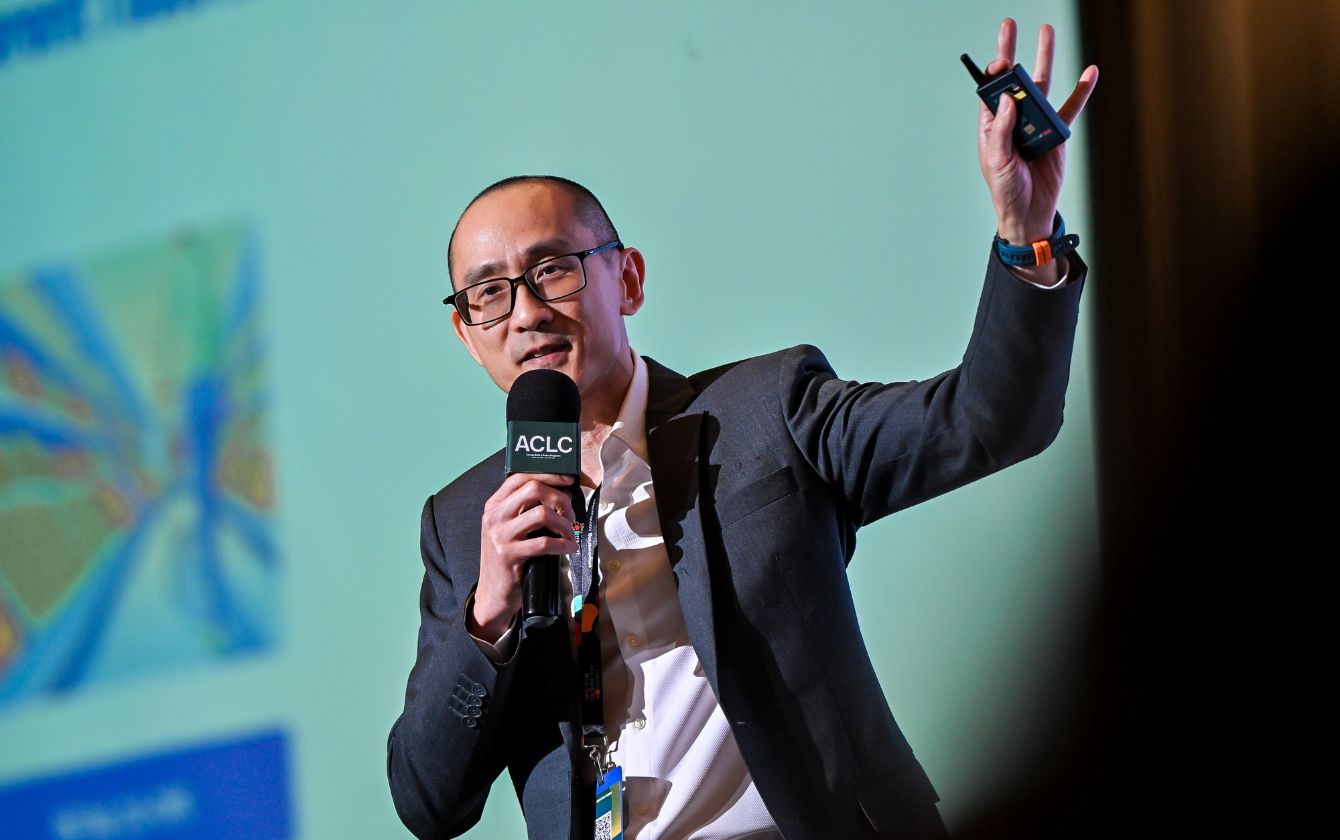
He urged participants to view AI not as a threat, but as a tool for augmentation. “It’s not about replacement, it’s about re-organisation,” he said. “Humans bring creativity and empathy; AI brings speed and scale.” He noted that co-operatives and enterprises can leverage their own operational data to train models without heavy investment, using open-source datasets and affordable “no-code” tools. The key, he added, is continuous retraining and oversight to ensure AI remains accurate and ethical.
Adoption, he stressed, should be guided by practicality. “Look for the low-hanging fruit—solutions that are easy to implement but deliver clear value,” said Mr Kau. Examples include chatbots for customer service, optical character recognition (OCR) for audit processes, and predictive tools for supply-chain optimisation. The true transformation, he added, lies in seeing AI as an asset that enhances productivity rather than a cost to be justified.
Picking up from his presentation, Ms Tham shared how her creative agency integrated generative AI into content production. Initially driven by fear of obsolescence, her team developed Asia’s first full-AI content studio to stay ahead of disruption. She demonstrated how AI has streamlined video creation for clients, from generating realistic environments to enhancing on-screen performances, all without costly on-site shoots. “AI helps us work smarter, not smaller,” she said.

Both speakers agreed that embracing experimentation is essential. “The technology is already here,” said Mr Kau. “What matters is whether we’re ready to use it wisely.”
Words by Sng Ler Jun


